Lessons among the buffalo: Connecting youth, Elders, and land at the first Indigenous Youth Culture & Climate Camp
Surrounded by sagebrush and a breathtaking view of the Wind River Range, the animated voices of students from Wyoming Indian Elementary School, who were no doubt excited to be outdoors, filled the air. Under a cloudless blue sky, youth seated at tables set in the prairie quieted to listen to a Shoshone Elder, Beatrice Haukaas, lead the morning prayer.
As she spoke, a buffalo – a bull – quietly approached the camp staying only long enough for him to take note of all of us on the land. A relative. A blessing. Just as gracefully and majestically as he came, he swiftly left to return to the herd.
A buffalo appears over the ridge on the first day of camp as Eastern Shoshone Elder Beatrice Haukaas gives her prayer. (Photo GYC/Colleen Friday)
For three days in September, the Greater Yellowstone Coalition, in collaboration with several partners, hosted a land-based Indigenous Youth Culture and Climate Camp in Morton, Wyoming, at the Eastern Shoshone Buffalo Herd pasture. In total, over 100 students from Wyoming Indian Elementary, Middle, and High Schools arrived amongst the buffalo and rotated through knee-high sagebrush to stations facilitated by cultural knowledge-keepers, scientists, educators, and others.
The Indigenous Youth Culture and Climate Camp was hosted at the Shoshone Buffalo Herd pasture, overlooking the Wind River, Bighorn Butte, and the Wind River Range. (Photo GYC/London Bernier)
Community knowledge-keepers held sessions in both Eastern Shoshone and Northern Arapaho languages. Tribal Elders facilitated two stations passing down oral traditions. Wyoming Indian Schools had three educators lead a session on what they called “Indigenizing Recipes.” Buffalo burgers were grilled and students made chimichurri. Representatives from Yellowstone and Grand Teton talked to the youth about national parks and the wildlife that live there. The U.S. Fish and Wildlife Service as well as Shoshone and Arapaho Fish and Game presented. Youth touched the soft furs of pelts, looked at tracks made by several animals, held casts of bear skulls, and learned about the landscape in and around the Wind River Indian Reservation.
A Wyoming Indian Elementary School student holds a plaster cast of a grizzly bear skull at the Culture and Climate Camp. (Photo GYC/London Bernier)
Events like these bring youth together on the landscape, joining natural resources with education, culture, relationship, community, and relatives. Students were able to see the low waters of the Big Wind River whilst listening to climate scientists speak of drought. They passed roaming buffalo after they heard Tribal Elders speak of their reintroduction. The fragrance of garlic, onion, and wild game hung in the breeze as they learned where the food came from and how to prepare it. The students were able to take away more than what a book could give them after traipsing through the sagebrush in Morton.
The Greater Yellowstone Coalition’s plan is to host more camps with the involvement of all reservation schools in the coming years with a similar focus on culture and climate.
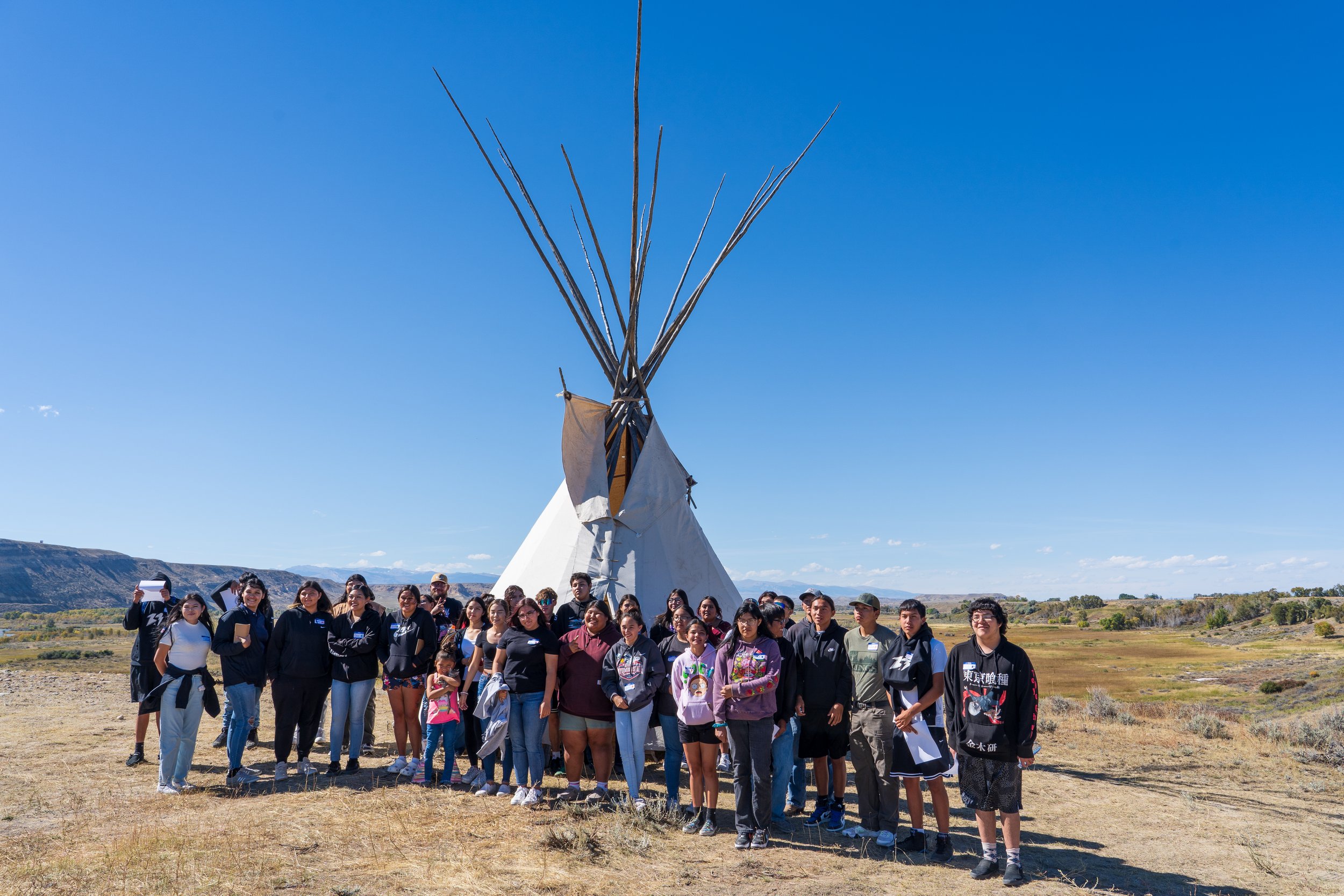
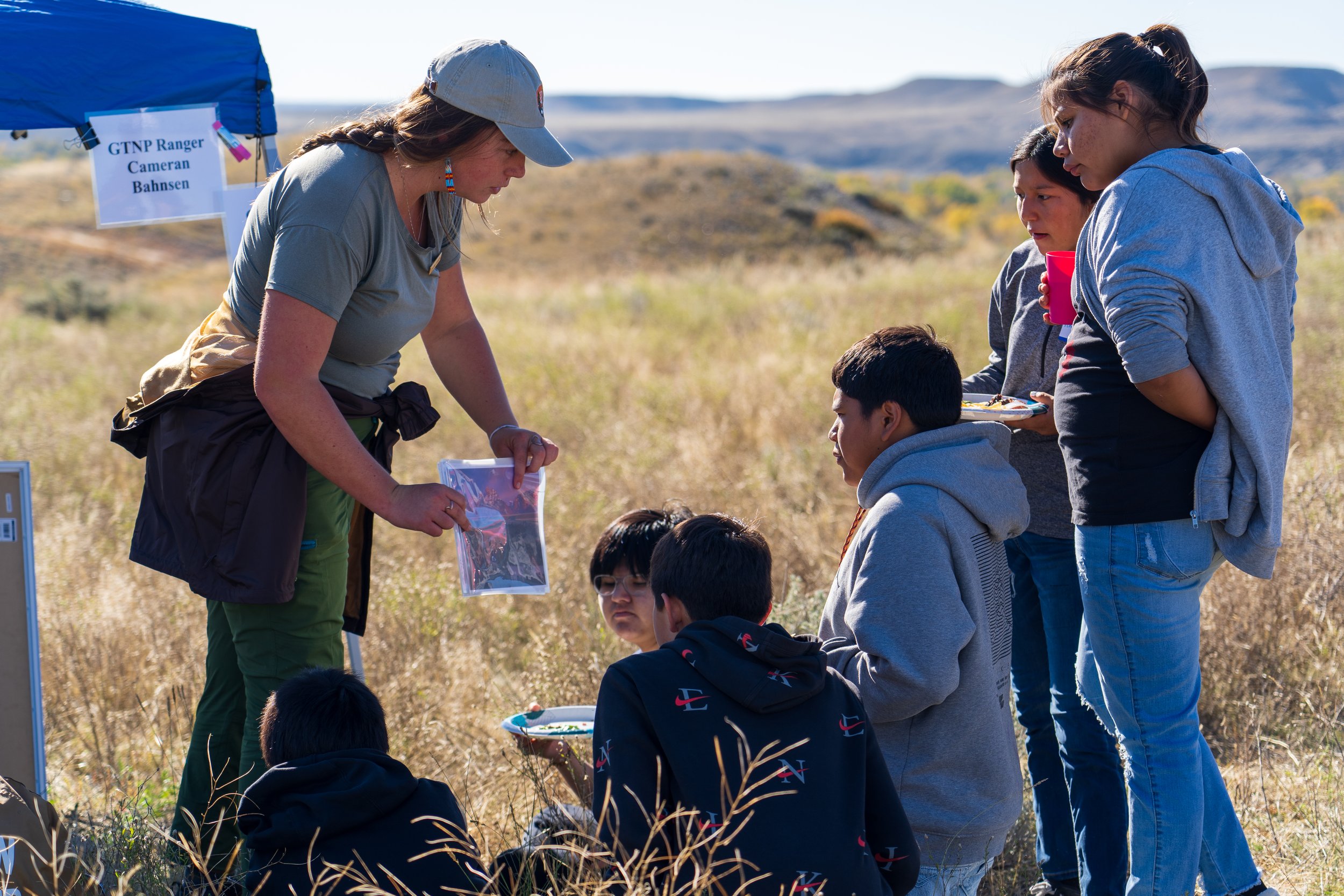
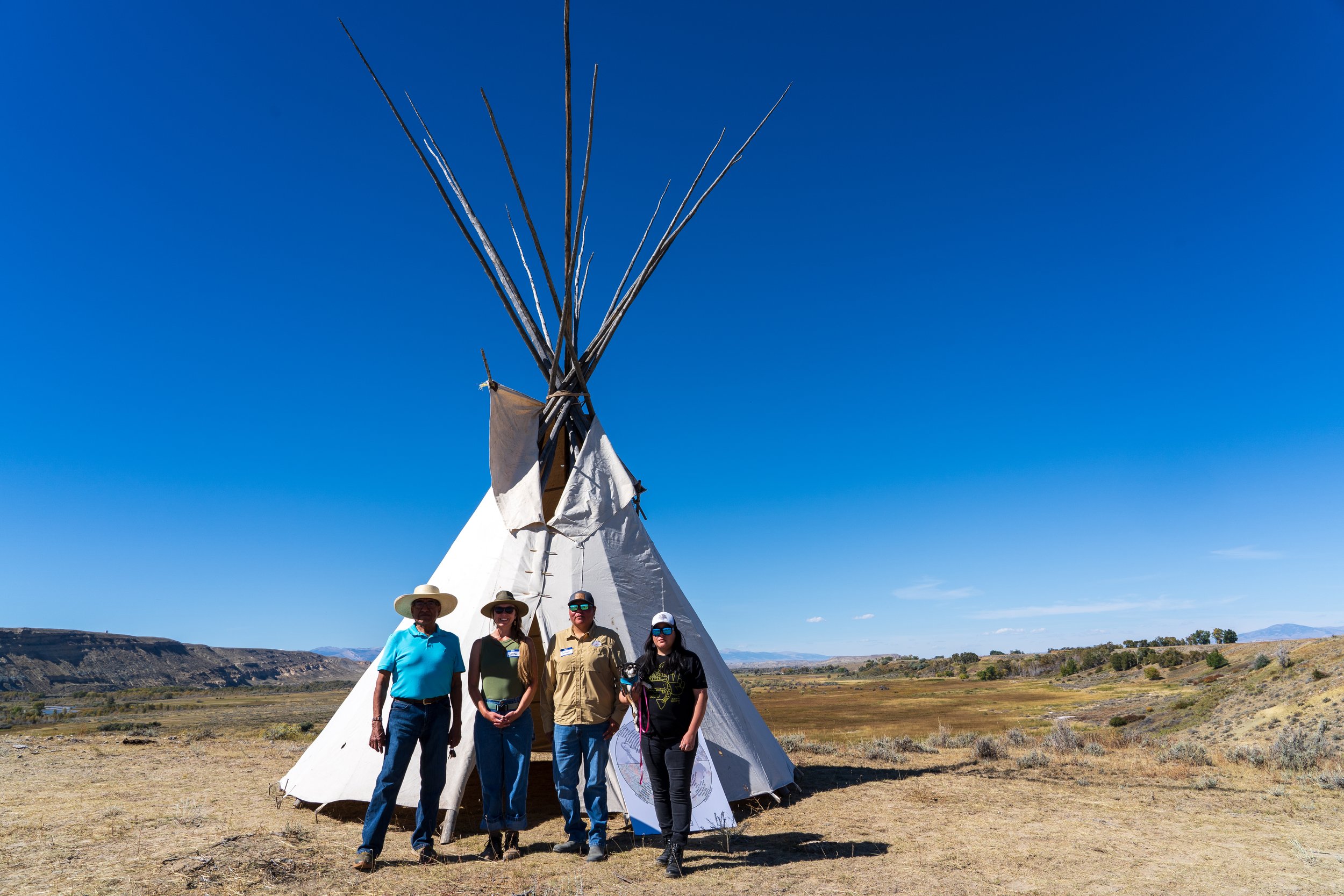
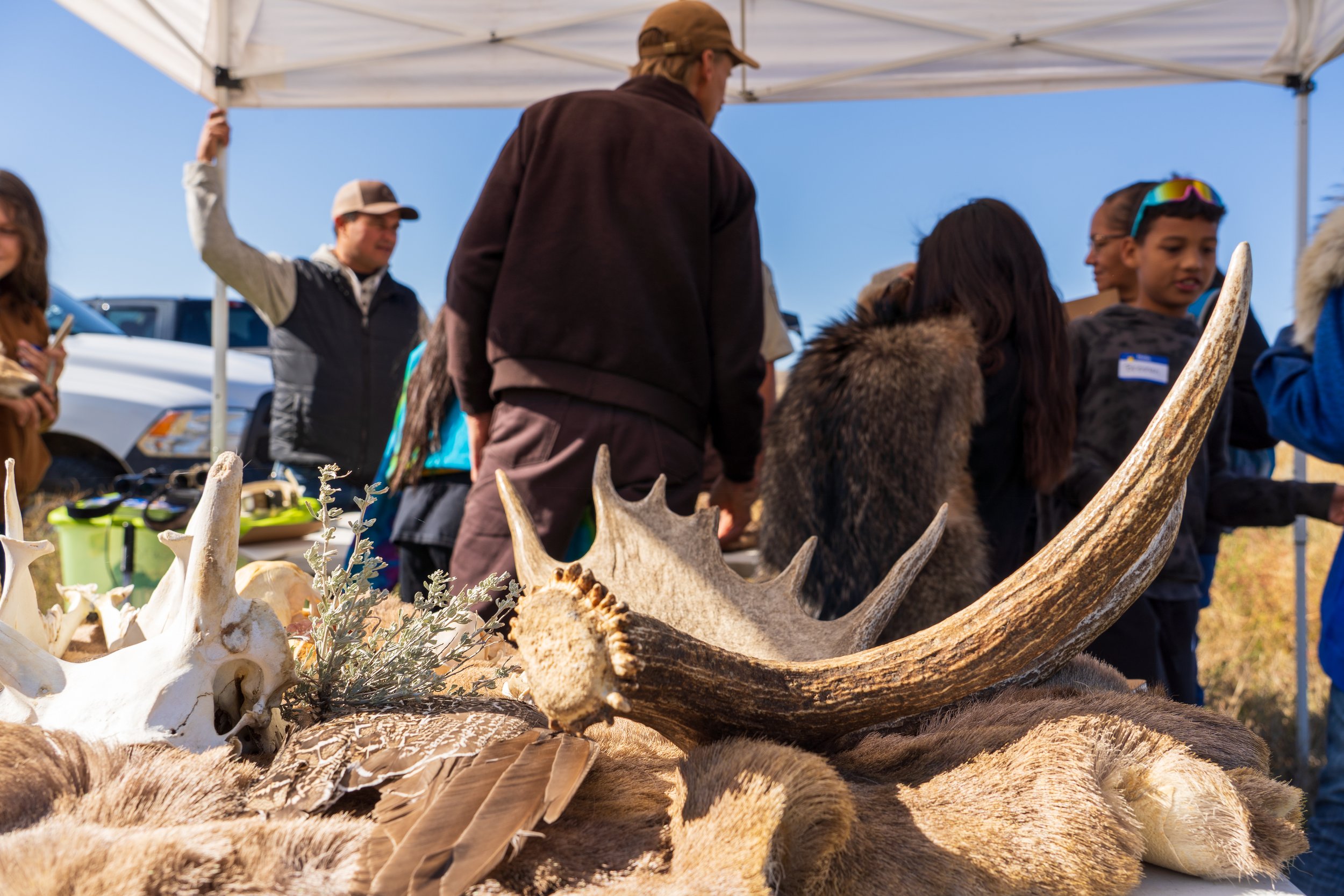
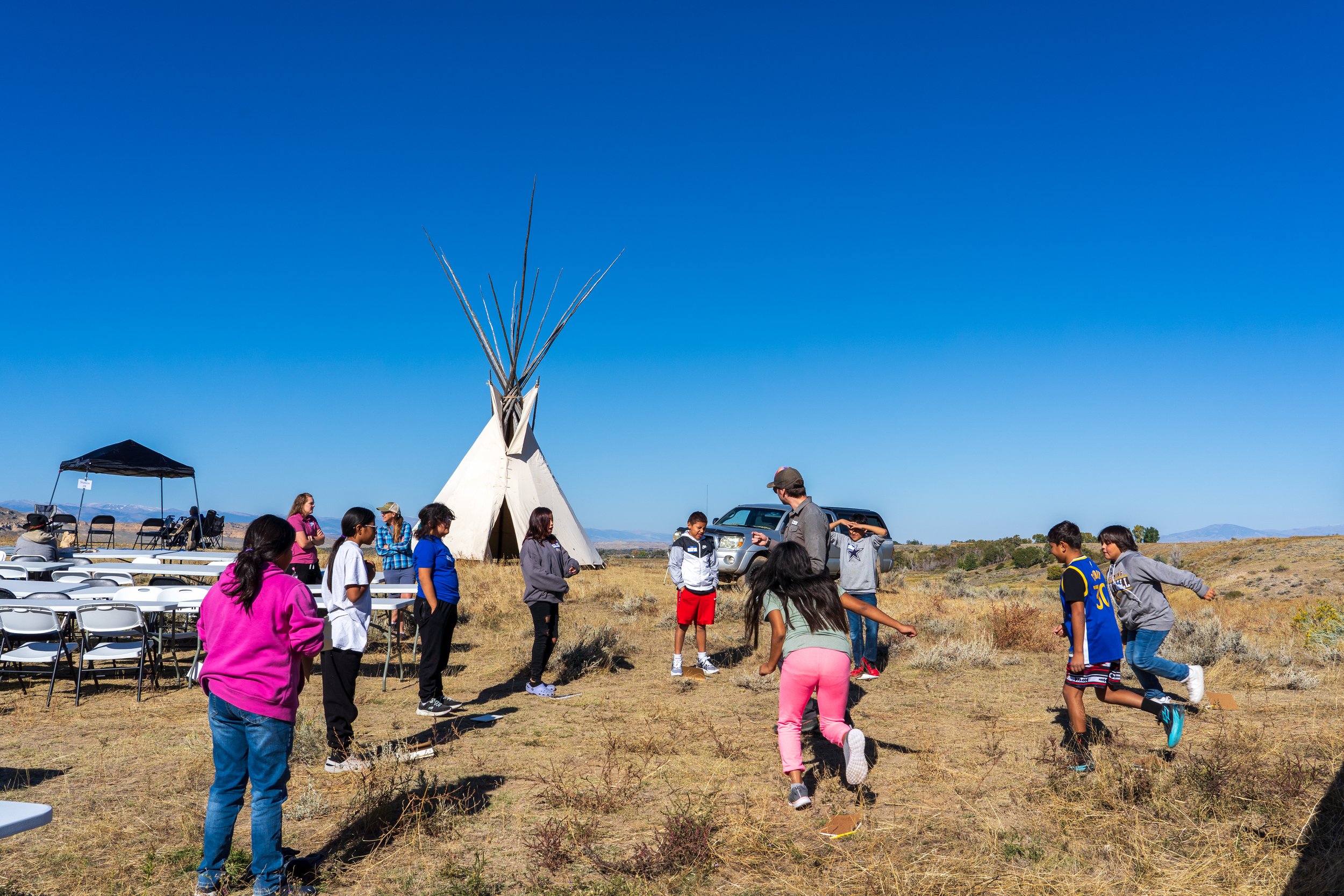


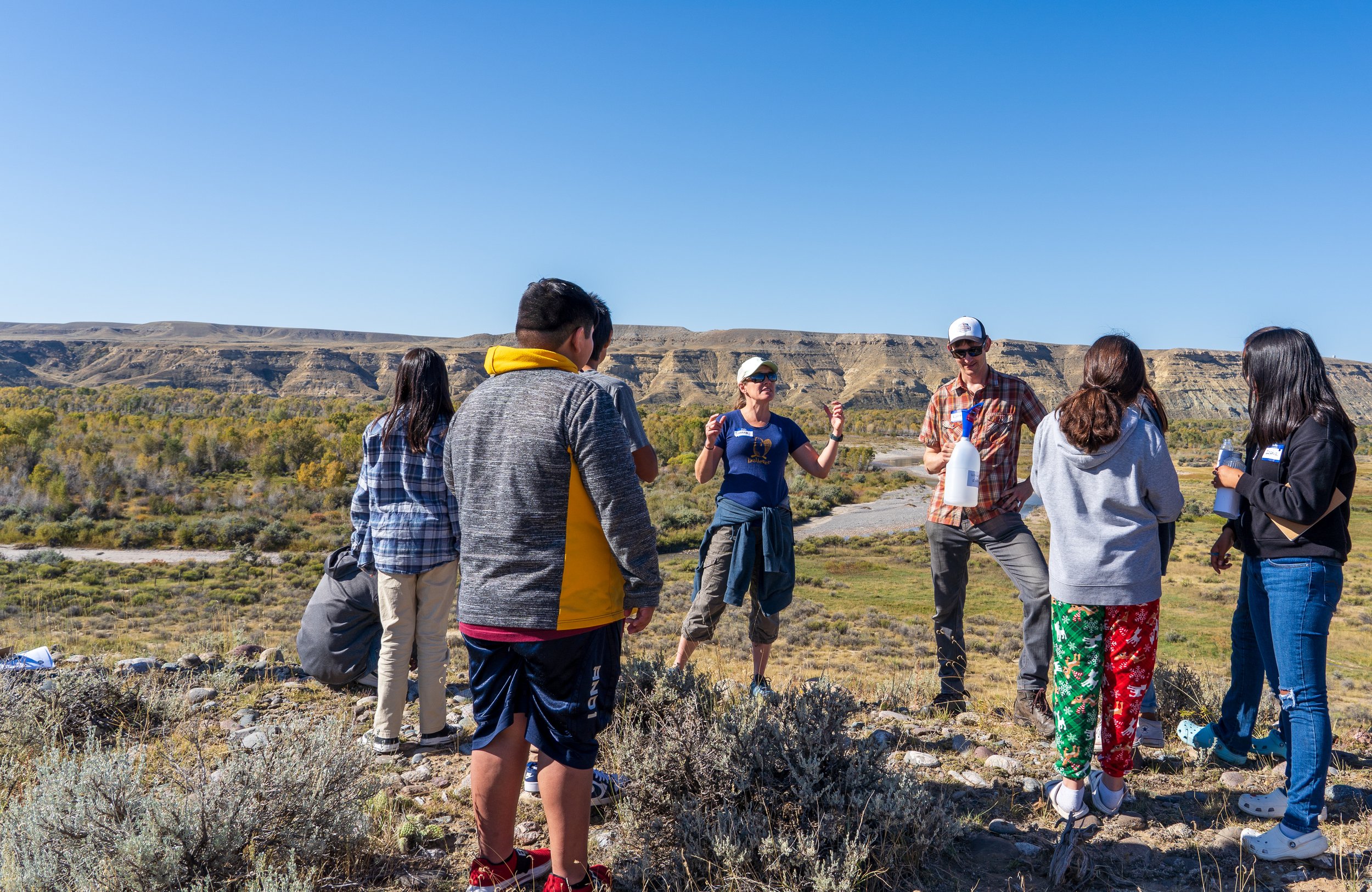
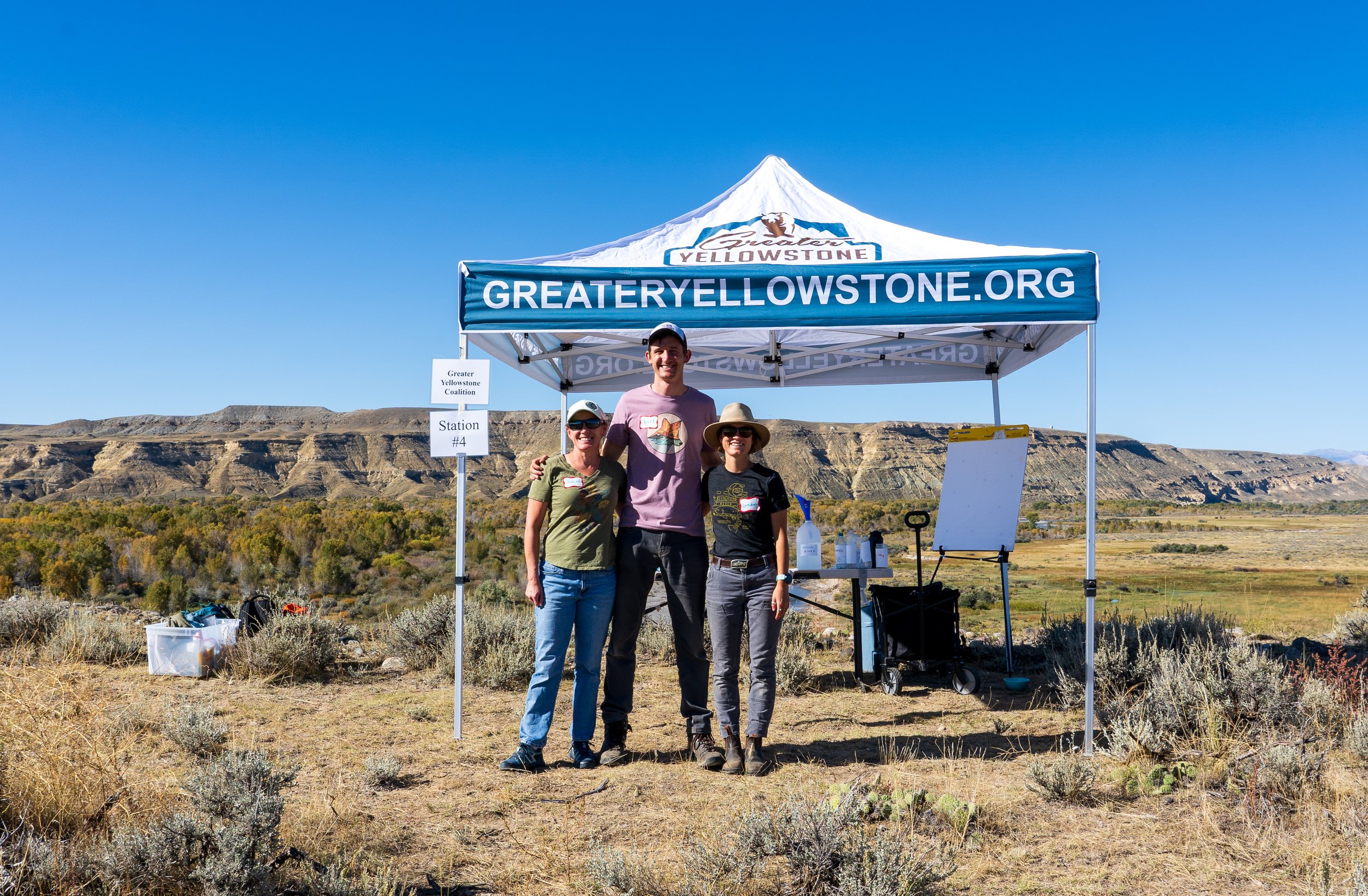
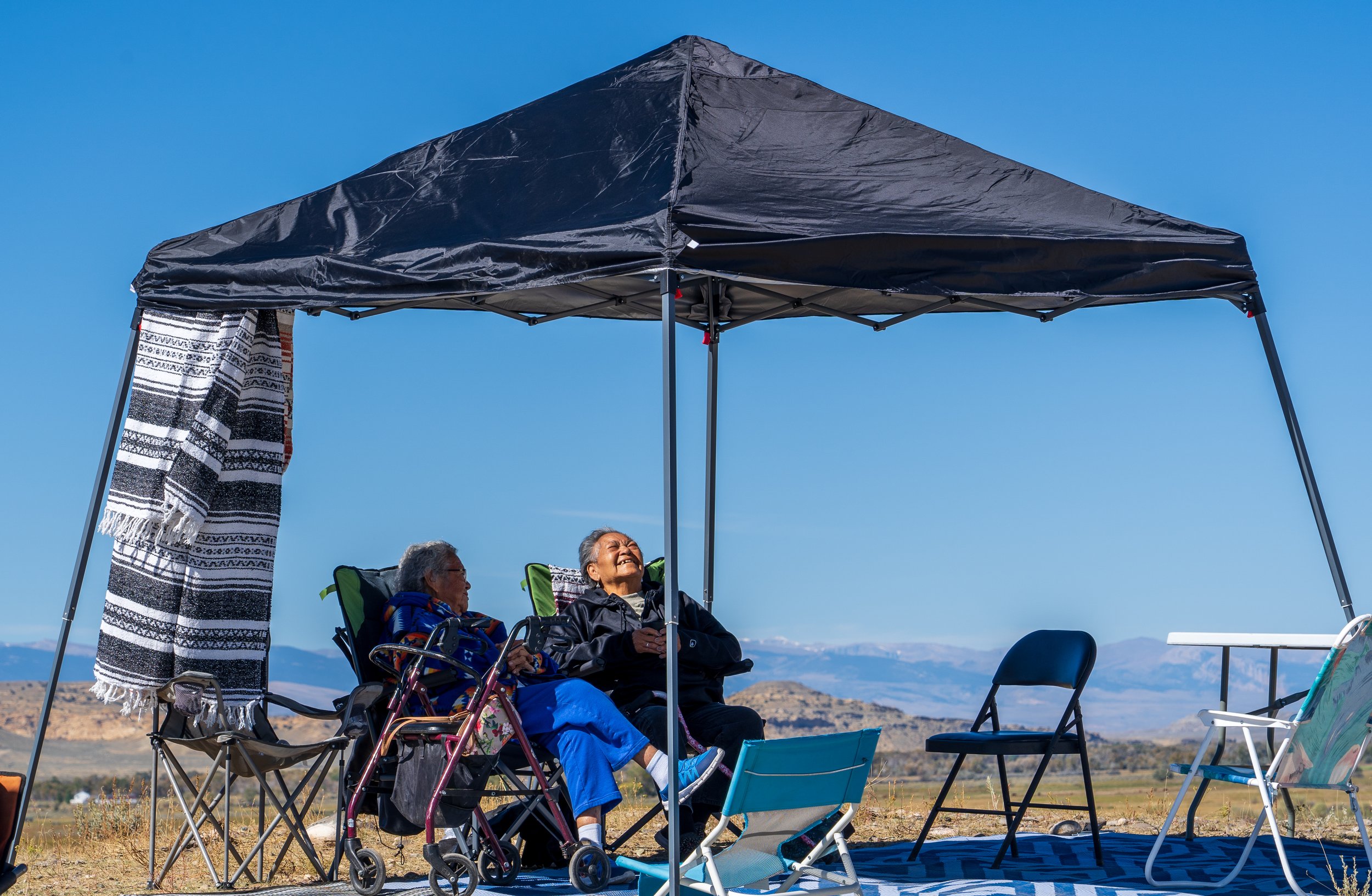

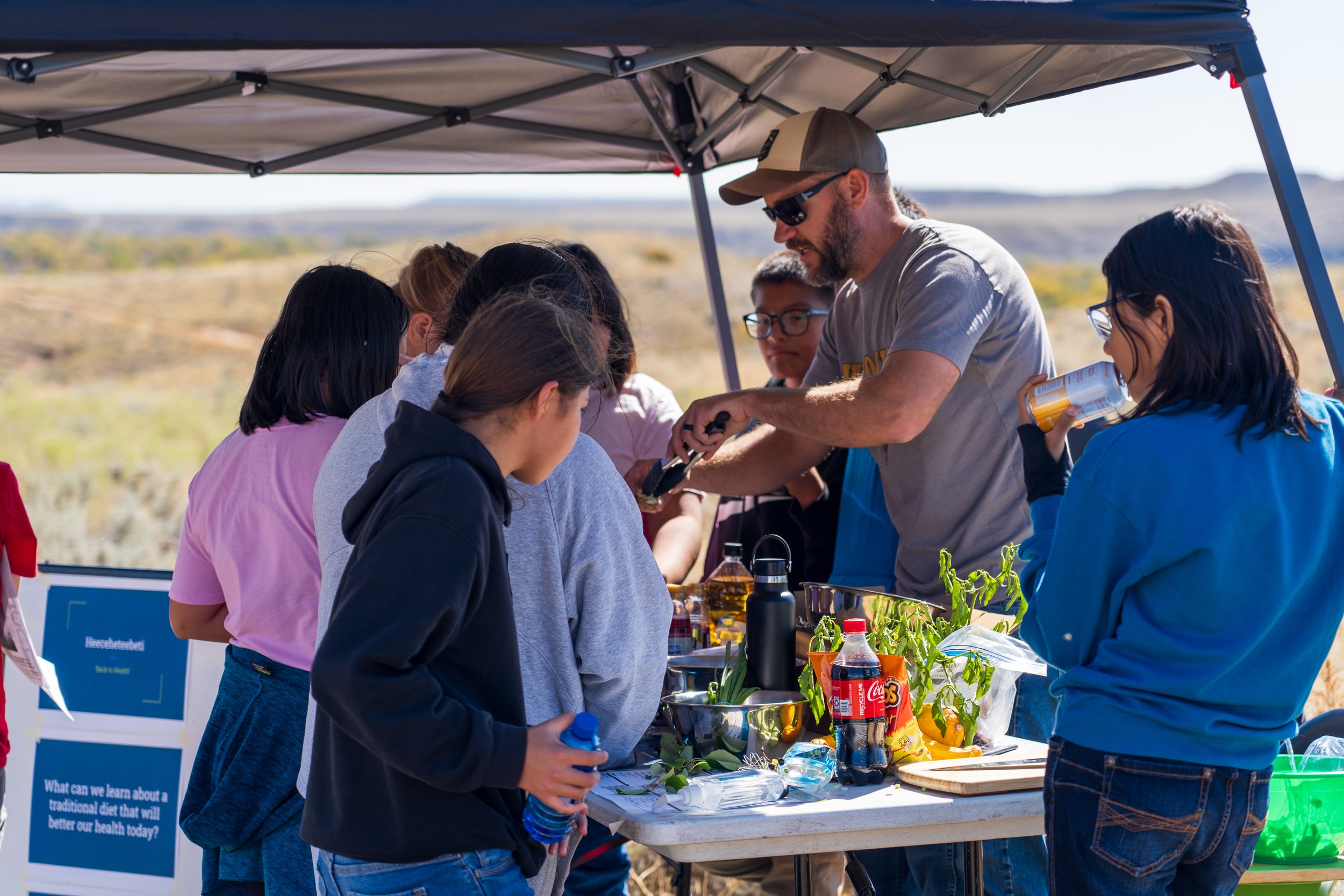
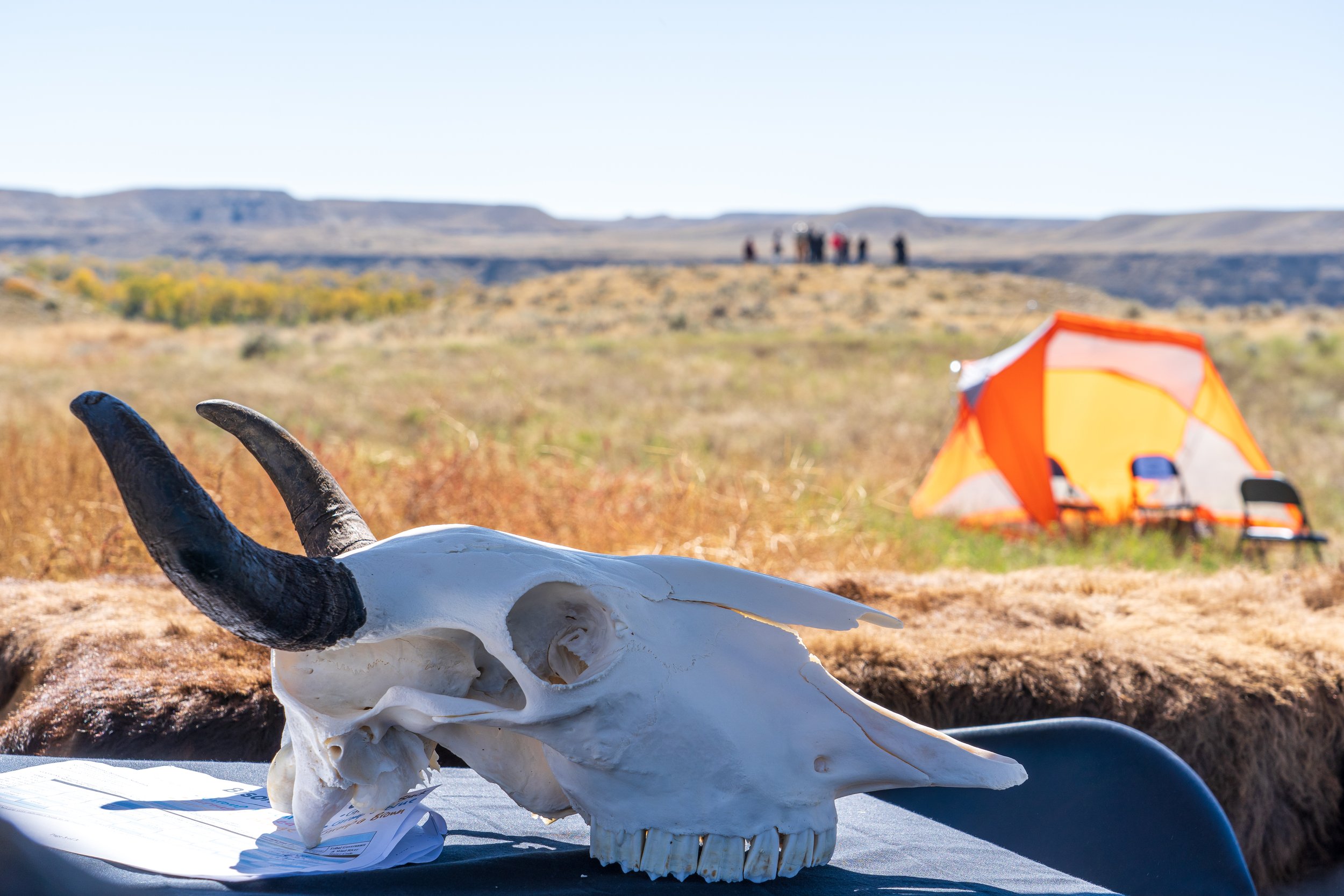
We want to especially thank the students and educators at Wyoming Indian Elementary, Middle, and High Schools, as well as Beatrice Haukaas, Wyman Weed, Joanna Tillman, Theresa Marie Wells, Marion Scott, our partners at the Haub School of Environment and Natural Resources at the University of Wyoming including Janna Black and Corrie Noel Knapp, Wind River Buffalo Initiative’s Jason Baldes and Patti Baldes, Indigimeals Pro, Monahooboo Hut, Northern Arapaho Tribal Historic Preservation Office, Shoshone and Arapaho Fish and Game, the U.S. Fish and Wildlife Service, Grand Teton National Park, Yellowstone National Park, Eastern Shoshone and Northern Arapaho language educators, Teton Science Schools, Cherokee Brown, Western Water Assessment’s Seth Arens, Huff Sanitation, and everyone else who made this event a success.
—Signa McAdams, Wind River Conservation Organizer



